Chevrolet always tried to market its Bolt electric car as a crossover, but the tall, skinny hatchback wasn’t fooling anyone. Now, the brand is making more of a go at it with the reshaped and slightly embiggened 2022 Chevrolet Bolt EUV. Except it’s not a replacement for the old car – it’s an addition to an expanded lineup that still includes the old body style, albeit revised with many of the same elements as its more SUVish sibling.
The key difference between the pair, besides a letter U, is in the EUV’s stretched wheelbase. Growing nearly 3 inches, it contributes to a commensurate increase in rear seat legroom – one of the areas of improvement indicated by current Bolt EV owners. They were apparently fine with the cargo capacity since it’s virtually identical: 16.6 cubic-feet with the back seat up in the EV and actually a wee bit smaller at 16.3 in the EUV. The EUV’s overall length is also 6.3 inches longer, but it’s only 0.2 inch wider and taller, its track is stretched 0.4 inch and the curb weight is only 90 pounds more. So yeah, it’s really not that much bigger.
Bolts EV and EUV share the same carryover electric powertrain: a single motor and gearset that sends 200 horsepower and 266 pound-feet of torque to the front wheels only. Chevrolet says that all-wheel drive isn’t a requisite for a crossover. The battery is also the same as before (no Ultium for the Bolt), a 65 kWh pack that continues to provide 259 miles of range for the EV and a minor reduction to 250 for the bigger EUV. No complaints there.
Both come standard with DC fast charging capability that allows the Bolts to recharge up to 100 (EV) or 95 (EUV) miles worth of electricity in 30 minutes. A dual-level charge cord is also available (standard EUV, optional EV) meaning you don’t need separate 120-volt and 240-volt cords, though this is now commonplace in electric and plug-in hybrid vehicles.
Chevrolet also announced that it is now offering to cover the installation cost of 240-volt charging capability for its customers, which is a great incentive worthy of more attention than Chevy gave it during a brief product presentation Friday. Note that this doesn’t include a separate charger. Rather, it’s covering the cost of installing a 240-volt outlet you can plug the dual-level charge cord into. Although installation costs can vary by job, Chevrolet says that there should be enough economies of scale to make the program work financially (though they did acknowledge that there might be some extreme examples that might disqualify someone from the offer).
![]()
![]()
![]()
![]()
2022 Bolt EUV left, 2020 Bolt EV right
The interior sees the biggest change for the Bolt EV with a new design shared with the EUV. It’s more horizontally oriented with a center stack that’s less pod-like. The standard 10.2-inch touchscreen returns, but it has an all-new UI, plus support from now-standard wireless charging, Apple CarPlay and Android Auto.
Two more customer requests were addressed inside: more comfortable seats, please, and better interior materials. We can’t comment on the seats yet, but the materials are quite obviously nicer. The old Bolt’s unusual light gray plastics always came off vaguely like they were sourced from a hot tub. These seem more normal and there’s even some pleather stitched on the dash per current fashion. The switchgear also gets an upgrade with rows of glossy black HVAC buttons more clearly separated from those for the infotainment system (it retains knobs for volume and redundant screen control plus a menu button).
Down on the redesigned center console is a new push-and-pull button shifter, not unlike Honda’s, replacing the unloved electronically controlled lever that can still be found in various other GM vehicles. A fifth button (the green one) is added to engage one-pedal driving. Previously in electrified Chevys, going all the way back to the original Volt, you’d engage one-pedal driving by dropping the gear lever into L. That was obviously unintuitive; this is better. The new flat-bottom steering wheel also adopts GM’s distinctive Regen on Demand paddles.
![]()
![]()
![]() Top: 2022 Bolt EUV. Bottom left: 2022 Bolt EV. Bottom right: 2020 Bolt EV.
Top: 2022 Bolt EUV. Bottom left: 2022 Bolt EV. Bottom right: 2020 Bolt EV.
The exterior styling is far bolder, highlighted by Chevy’s “high-eye” LED lighting elements, separate headlight units below. Will it be everyone’s cup of tea? Perhaps not, but to our eyes, the look is far less dorky.
Though it’s awfully hard to tell the new EUV and refreshed EV apart from a glance, they actually don’t share any sheetmetal. Key tells including the black trim that connects the mirrors to both lighting elements on the EV and the differing lower bumper trim. The EV has a bit of colored trim bifurcating the airdam; the EUV has some SUVish chrome chin cladding. The EUV’s rear is a big boxier, its taillights look like Y’s on their sides and the black bumper trim extends further up. There are also differences in the upper rear quarter panel where the ubiquitous floating roof effect is created. In profile, you can note the differing body sculpting and window lines. In total, the EUV looks less like a tall, narrow hatchback, but its position as a crossover is still a bit tenuous.
Finally, pricing for the 2022 Chevrolet Bolt EV plunges by $5,000 despite the nicer interior and presence of now-standard driver assistance tech (the Bolts will also be the first Chevrolets and GM EVs to be available with Super Cruise). The base price, including destination, is $31,995. The Bolt EUV is only $2,000 more at $33,995, which makes you wonder a bit why Chevy even bothered keeping the original around at all. Especially considering their similar looks and sizes, plus the potential confusion of marketing two vehicles of the same name, plus or minus a U. That whole Bolt/Volt thing was bad enough.
Also, keep in mind that the Bolts are not eligible for the $7,500 federal tax credit applicable to most other EVs. Like Tesla, since Chevrolet started down Electric Avenue so early with the Volt and Bolt, it exhausted the finite number of credits granted to each manufacturer. One can certainly debate the merit of that given the supposed point of the credits is to encourage the purchase of electric cars. Nevertheless, that’s the situation, and it’s possible that state and local tax credits may still apply. Speaking of states, the Bolts will be sold in all 50 of them, but only 1,300 of Chevy’s 3,000 dealers will sell them. Not all meet the requirements for service and sales of electric cars, nor the DC fast charging at dealers. Many, presumably, also have no interest in one of these newfangled things when their customers just want Silverados and Tahoes.
Fair enough, but GM has announced quite clearly that its future is electric, and with another Bolt in its toolbox, that future is one step closer.



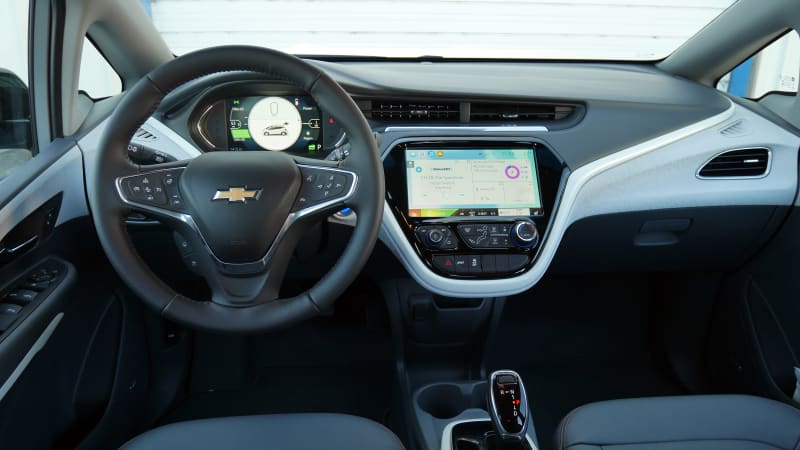
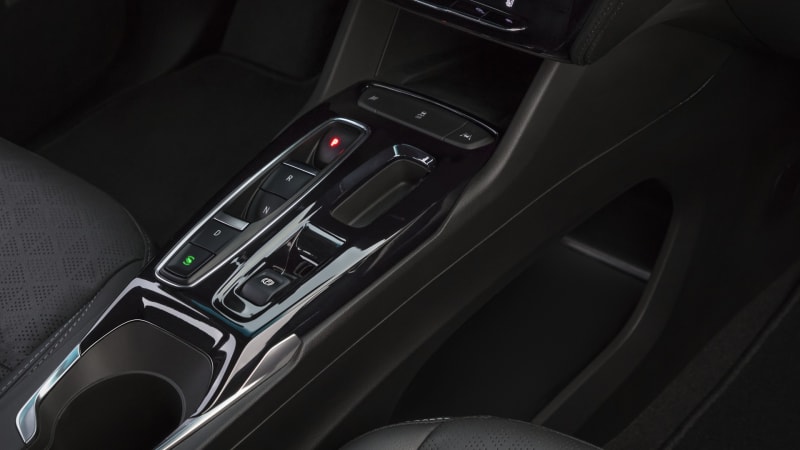
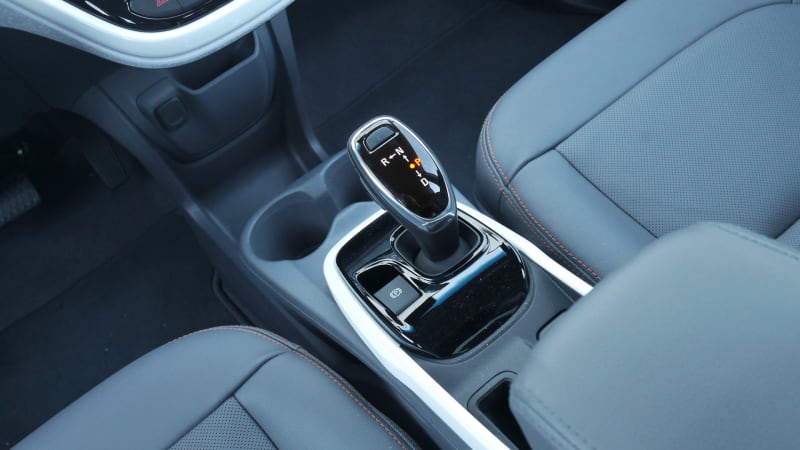

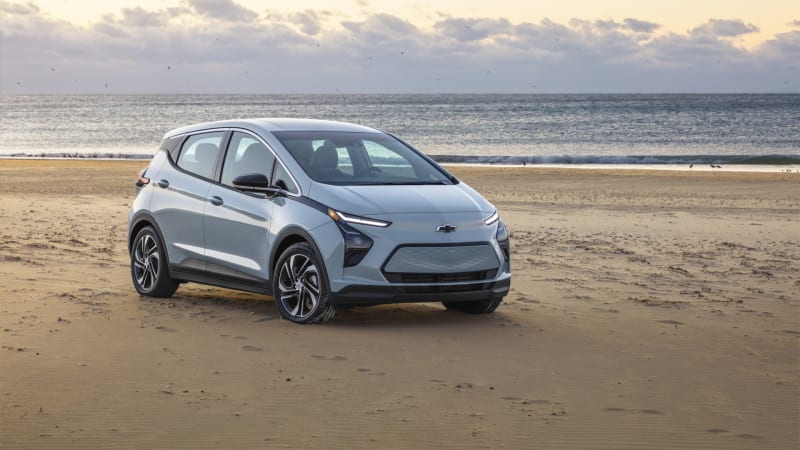
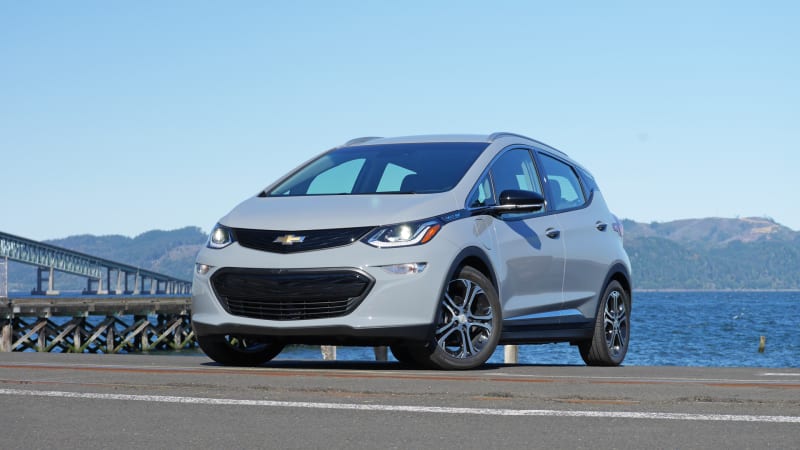 Top: 2022 Bolt EUV. Bottom left: 2022 Bolt EV. Bottom right: 2020 Bolt EV.
Top: 2022 Bolt EUV. Bottom left: 2022 Bolt EV. Bottom right: 2020 Bolt EV.